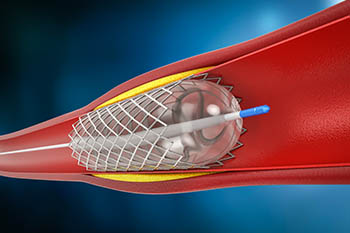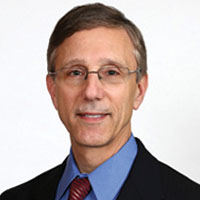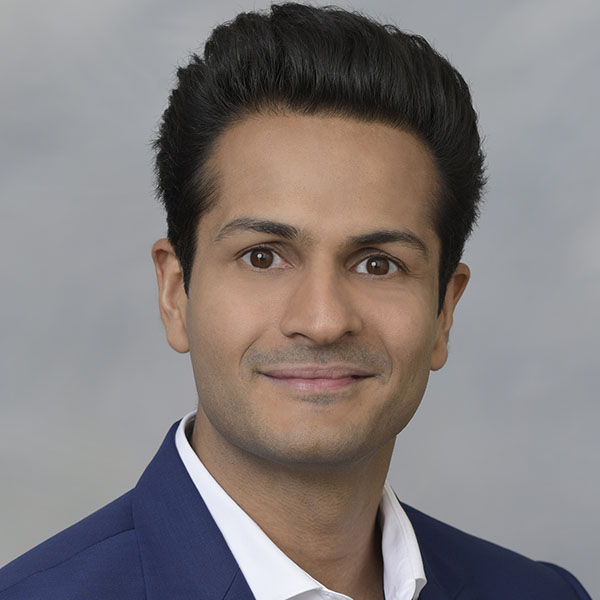Discover St. Mary’s advanced cardiology services
 St. Mary Medical Center offers an extensive range of cardiology services—from emergency heart-attack treatment to management of chronic cardiac conditions, to the most advanced heart and vascular surgery available in Bucks County.
St. Mary Medical Center offers an extensive range of cardiology services—from emergency heart-attack treatment to management of chronic cardiac conditions, to the most advanced heart and vascular surgery available in Bucks County.
The St. Mary Heart and Vascular Center extends its position as a leading-edge cardiology hub with the recent expansion of its cardiac catheterization lab. Cardiac cath offers minimally invasive procedures to diagnose and treat conditions such as coronary artery blockages, heart valve and other structural problems, and peripheral artery disease (PAD). PAD is a condition that occurs when the arteries that supply blood to the legs or arms become narrowed or blocked.
 “Our two brand-new, state-of-the-art cardiac cath labs contain advanced equipment, including technology that gives highly detailed visualization of the arteries for our procedures, much the way a high-definition TV screen provides sharper images,” says Ronald Fields, MD, interventional cardiologist and medical director of the St. Mary Cath Lab.
“Our two brand-new, state-of-the-art cardiac cath labs contain advanced equipment, including technology that gives highly detailed visualization of the arteries for our procedures, much the way a high-definition TV screen provides sharper images,” says Ronald Fields, MD, interventional cardiologist and medical director of the St. Mary Cath Lab.
St. Mary surgeons now perform a state-of-the-art technique—DCB—for patients with cardiac stents that show signs of blockage due to scar tissue or other buildup, Dr. Fields says. Instead of the patient requiring an additional stent, a tiny, drug-coated balloon (or DCB) can be inflated into the artery, allowing medication to be soaked up by the artery wall.
“This procedure can significantly decrease the chance of the stent blocking up again, and we’re the first hospital in Bucks County to offer it,” Dr. Fields adds.
To treat a common heartbeat irregularity known as atrial fibrillation (a-fib or AF), cardiac surgeons at St. Mary team up with electrophysiology specialists to perform a procedure known as ablation. Tiny catheters are guided through blood vessels into the heart, where the tissue that causes AF is “zapped” with radiofrequency energy to help rebalance the heart’s electrical signals.
Now, with a minimally invasive, two-step variation of the procedure, both the inside and outside of the heart can be treated to help rebalance a patient’s abnormal heart rhythms. “It can dramatically increase the success rate of treating a-fib, and we’re now offering this hybrid procedure at St. Mary,” Dr. Fields says.
Minimally invasive procedures
 Hitesh Raheja, MD, who is trained in both interventional and structural cardiology, is focused on taking the St. Mary structural heart program to a new level. Among the specialty procedures he performs is transcatheter aortic valve replacement (TAVR), a minimally invasive method to replace a narrowed aortic valve in the heart. “We can now do this surgery by going up through the groin artery and into the heart, so the patient doesn’t need open heart surgery,” Dr. Raheja says.
Hitesh Raheja, MD, who is trained in both interventional and structural cardiology, is focused on taking the St. Mary structural heart program to a new level. Among the specialty procedures he performs is transcatheter aortic valve replacement (TAVR), a minimally invasive method to replace a narrowed aortic valve in the heart. “We can now do this surgery by going up through the groin artery and into the heart, so the patient doesn’t need open heart surgery,” Dr. Raheja says.
Dr. Raheja is also trained in procedures to repair damage in other areas of the heart, including the mitral valve. “We can fix leakiness in the valve with a minimally invasive procedure known as MitraClip therapy,” he says. In this treatment, a tiny device is guided into place with a small catheter to help the cardiac valve close more completely.
“We also perform procedures to close abnormal connections between the chambers of the heart that are sometimes responsible for causing stroke and heart failure,” Dr. Raheja adds.
Some patients with atrial fibrillation aren’t good candidates for taking blood thinners to help prevent strokes. For them, Dr. Raheja and the St. Mary cardiac team can perform a procedure to implant a Watchman — a small device that prevents blood clots from forming. “We snake it up through the vein of the leg, and close up a pouch-like area of the heart in the left atrium where clots might form and then move from the heart to the brain—potentially causing a stroke.” The procedure takes about 30 minutes. “It’s a game-changer for patients—most can go home the same day,” Dr. Raheja says.
“Cardiology is an exciting field,” Dr. Fields says. “Patients can feel confident in their care at St. Mary. We have an outstanding team of cardiologists and electrophysiologists, and we’re committed to continuing to bring state-of-the-art technology and procedures to the patients of Bucks County.”
Take the heart risk assessment
In less than 60 seconds, you can learn your risk of heart disease by taking our heart risk assessment.
